Most recently updated July 7th, 2023
Estimated Reading Time: 8 minutes
Everyone should do some research before trying a new physical activity – and prepping for a hike is no different.
For asthmatics, failing to prepare properly for a hike can have results ranging from mildly unpleasant to catastrophic.
 Be prepared, but don’t be so nervous that you don’t go out at all – walking is a natural exercise for us.
Be prepared, but don’t be so nervous that you don’t go out at all – walking is a natural exercise for us.
Most of us have been doing it since we were very young.
That said, in all of my posts I’m only speaking from my own experiences dealing with lifelong chronic severe asthma, including exercise induced asthma.
I’ve come up with methods, including modifying my diet and taking vitamins, that enable me to be very physically active in spite of it – maybe they will work for you, too.
I am NOT a licensed medical practitioner, and I only speak from my own experience. If you have any medical issues or doubts about your abilities, please consult your medical advisor before starting any kind of new physical activity or diet.
Some of my posts contain affiliate links. If you make a purchase through an affiliate link, I will receive a small payment at no additional cost to you. I do not get paid for recommendations, all opinions on this site are my own. See full Disclosure page here.
ASTHMATICS HIKE – THE 3-STEP PLAN
-
- Identify and Defend Against Your Triggers
- Compare Your Fitness Level to Hike Specs
- Carry Water and Meds on the Trail
This may seem pretty simple advice, but every asthmatic is unique and you’ll need to take some time to discover what works best for you.

1. Identify Your Asthma Causes (Triggers)
If you’ve been asthmatic for some years (and are not in denial) you’ve probably figured out what your most troublesome asthma causes (triggers) or allergens are.
I’ve been asthmatic since I was a toddler, so I’ve had plenty of time to figure it out.
Everyone has different triggers and different severity of response to each trigger.
A list of common asthma causes:

- Exercise or stress
- Smoke – cigarette and fire smoke
- Air Pollution – smog, car exhaust, other air pollution
- Cold dry air
- Chemicals in food
- Pollen, Mold and Dust
- Insect bites and stings
- Common cold or sinus infection
Get The FREE PDF!

Everything that you need to start your Hiking with Asthma training is included in this post.
But it’s a long read and may be inconvenient to refer to while you’re training.
For your convenience, you can click here to sign up and download your FREE “Hiking with Asthma” PDF file.
Then you can print it out and refer to your plan anytime you want. Happy training! LJ
Asthma Prevention on a Hike
If you know you’ll encounter something that is normally a trigger for you, you can pre-medicate (i.e. use an inhaler before the hike, take medication for a cold).
For any air-borne allergens, pollutants or cold air, you can cover your nose and mouth with a scarf or mask to filter and warm the air before it gets to your lungs.
Spray your clothing with insecticide to keep bugs away and prevent bites.
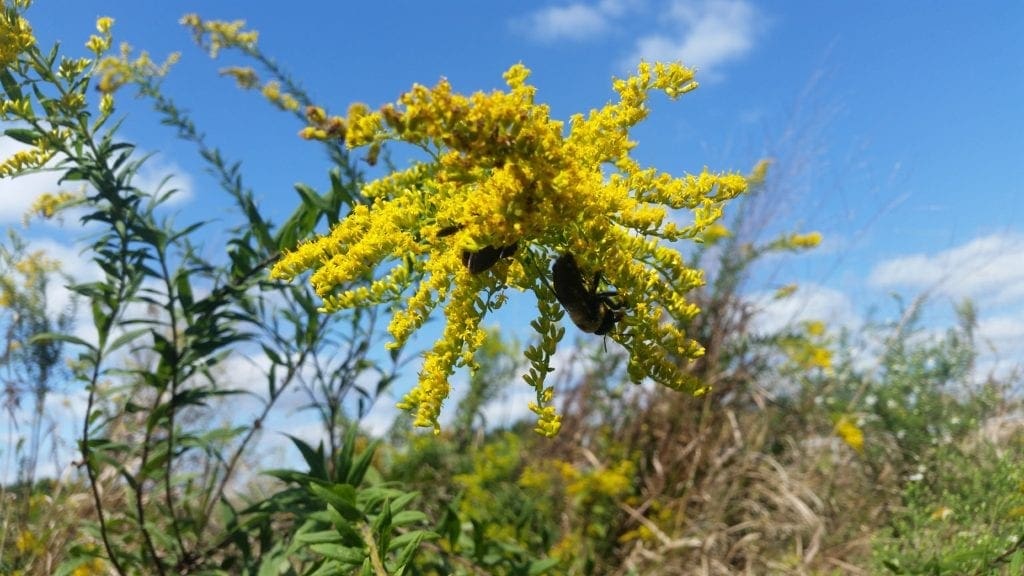
2. Compare Your Fitness Level To Hike Specs
If you think you may not be fit enough for the hike you want to do, you can give yourself a homemade fitness test to see where you stand.
Determine Your Natural Pace

If you’ve signed up for a group hike, there should be a pace (in mph) and length of hike in the description.
If you’re going out on your own, you can set your own pace, but you should still have some idea how fast you walk so you can estimate how long it will take for you to get back.
(This is especially important if you are trying to get back to the trailhead by a certain time or before dark.)

The easiest way to determine your current natural pace is to go out and walk a mile, and time it.
If you walk a mile in 30 minutes, then your pace is 2 miles per hour.
If you can do a mile in 15 minutes, then your pace is 4 miles per hour and so on.
You could use this same method walking a mile indoors on a treadmill.
Note that you’ll go more slowly on unpaved trails in the woods, going up and down hills with roots and rocks, etc than you will on a paved surface or treadmill.
So allow for those differences when calculating your current pace.
Hike Length – Can you go the distance?
If you have been going to the gym (or chasing kids) and are reasonably fit, you should be able to walk a few miles at a moderate pace (2.5-3mph) with no issues.
You may want to go on a couple of these moderate hikes and see how you do before you look at a longer or faster-paced hike.
If you have not been moving around at all and get winded walking to the mailbox, you may want to do some training first indoors on a treadmill where you can get immediate attention for a problem.
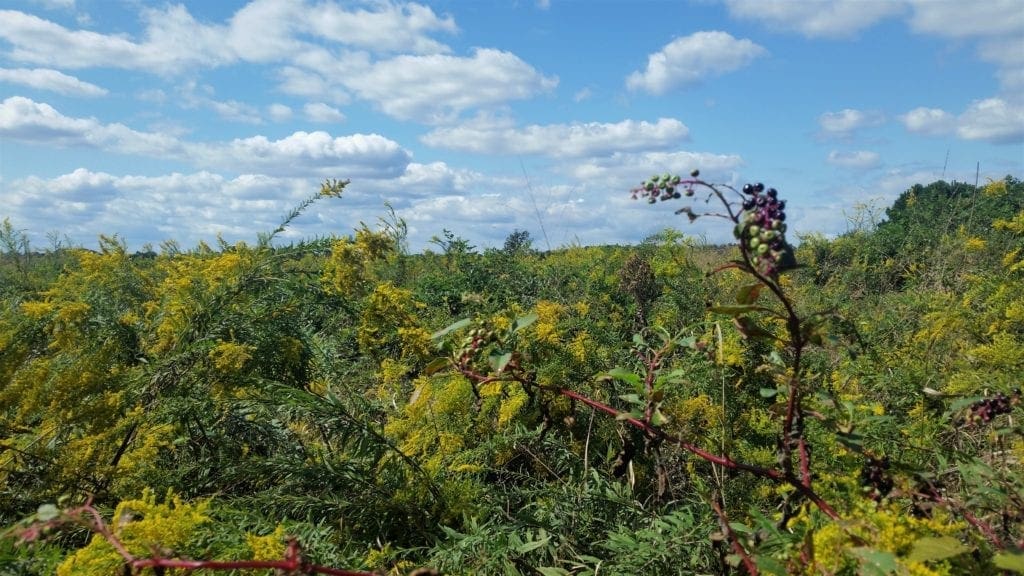
Start slowly and work your way to 3mph.
After you’re strong enough to walk a few miles on a treadmill without issues, you can hit the trail with confidence!
3. Carry Water and Asthma Treatment Meds With You

It’s important for all hikers, especially asthmatics, to carry water and a first aid kit.
And if you have asthma, make sure to carry asthma treatment medications (inhalers, tablets, injector pens) with you on the trail.
If you experience an asthma attack, you’ll want both your emergency inhaler and any long-lasting medications for asthma treatment on the trail.
Stay Hydrated
Hiking is athletic and you will lose some water to sweat, even in cooler weather. Make sure you have the right gear , especially the right boots, for the weather.

Everyone needs to stay hydrated, and asthmatics need to keep any mucus in their lungs thinned out.
How much water you should carry will vary depending on how hot the weather is, how long your hike is, and if you can refill your bottles along the way.
I usually carry at least (4) 16oz water bottles in a pack, except for very short (3 miles or less) hikes where one water bottle is enough.
Trail Medications
Everyone should carry bandages, antibiotic ointment, and an anti-inflammatory and anti-histamine on hikes.
Asthmatics should also carry their fast-acting rescue inhalers, tablets or other oral meds (discus), and emergency epinephrine, such as an Epi-pen.
Carry enough to see you through the timeframe you will be out, and then some extra for good measure.
(You can read my article on the latest asthma meds here. You might find something new that will help. Always talk to your doc, of course! )
It’s also a good idea to carry a cell phone (even if signal is spotty) for emergency contact – and if you’re hiking alone, leave a note 🙂
TROUBLE BREATHING ON THE TRAIL
If you find yourself wheezing and struggling on the trail, drink some water, take some extra meds, and take a break to catch your breath every once in a while.
You can also slow your pace, and do compression breathing if you are in real trouble, or ask another hiker for help.
COMPRESSION BREATHING
Compression breathing is a technique where you breathe OUT as hard as you can every few breaths.
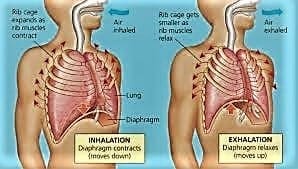
This is good for you because technically, the problem when you have an asthma attack is not just that you can’t get enough fresh air in.
You’re also not getting air you’ve already used out to make room for fresh air with more oxygen content.
Compression breathing also helps slow your breathing if you are gasping for breath.
HELP ME, MR RANGER!
As a last resort, call the Ranger or 911 from your cell phone if you have service.
Of course, in order to do this, you’ll need to make a note of the Ranger’s or park’s Emergency number before you hit the trail.
You’ll also need cell service, which can be spotty on some trails.

Always keep in mind that however far you hike, (unless you are hiking a loop) you have to hike back that far again to return to the trailhead.
It really does take at least a little bit of courage to start a new hike – especially when you’re asthmatic – but it also takes courage to know when to stop.
Only you can determine what is too much, and when you need to turn back.
Remember, even just getting outdoors in the fresh air and sunshine can be a great boost to your health, no matter how short the distance or how slowly you need to take it.
Don’t be afraid to bail out if you need to and come back another day. The trail will still be there, ready when you are.

I hope this post has been helpful for you, and that you have a good experience hiking in spite of your asthma!
If you’re battling asthma and allergies, you might be interested in these other posts:
Asthma’s Effects on Mental Health
What’s the Best Medicine for Your Asthma?
Asthma and COVID-19: Are You at Higher Risk?
Clean Your Indoor Air With Houseplants!
Fight Asthma with Vitamins and Supplements
Eat to Breathe Easier – the Best Food for Asthma
Thanks for stopping by – see you next time! LJ
To Get New Idratherwalk Posts
sent directly to your inbox (how convenient!) Click this Button
If you like this post, please share it!
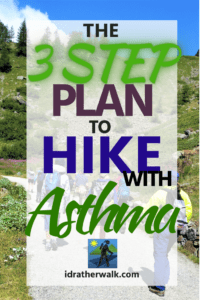
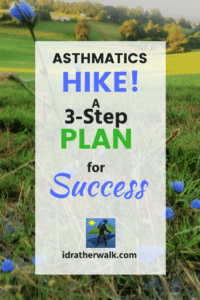

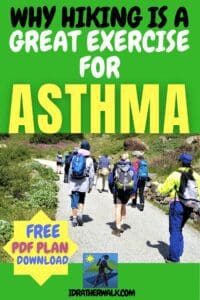

LJ has spent much of her free time as a single Mom – and now as an empty-nester – hiking in the US and around the world. She shares lessons learned from adventures both local and in exotic locations, and tips on how to be active with asthma, plus travel, gear, and hike planning advice for parents hiking with kids and beginners of all ages. Read more on the About page.

